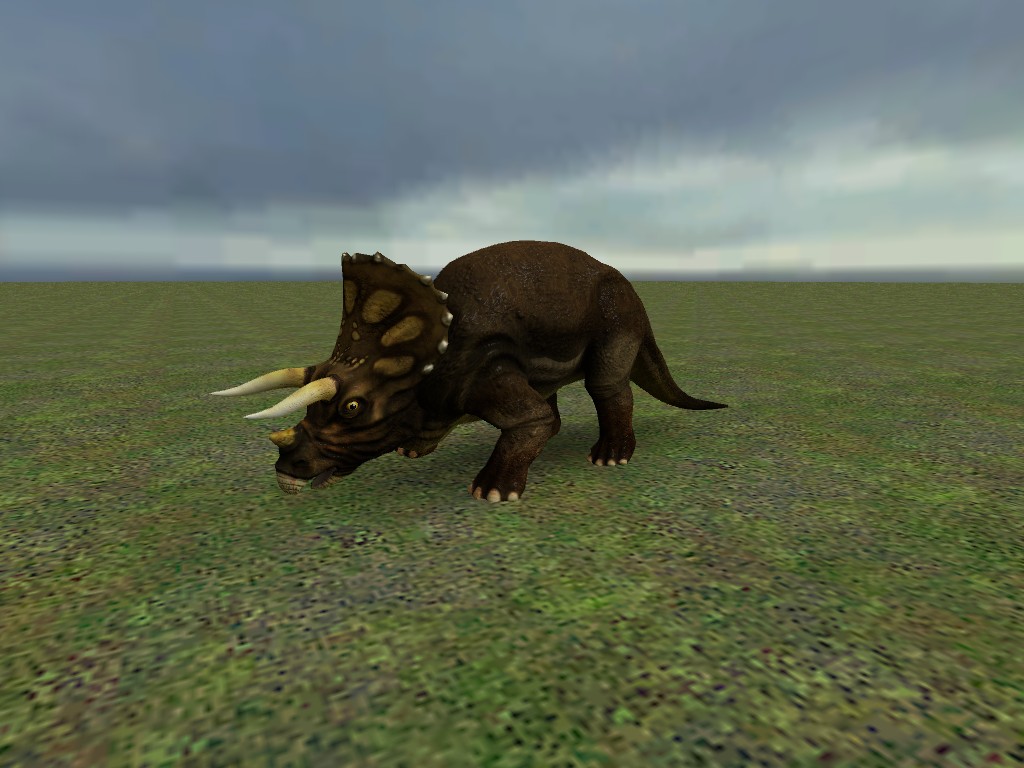

However, it is known that they are attached very firmly and permanently, as evidenced by their continued attachment after death.

Real barnacles use mobile larval stages and the ocean to disperse, but no equivalent life history stage has been observed for Half-Life’s barnacles (as a side note, the scientist’s use of the term "gestation" may be incorrect depending upon how barnacles reproduce and disperse). However, it is unknown exactly how barnacles reproduce, or how the offspring spread to different environments and attach to ceilings. In Opposing Force, a scientist refers to removing a barnacle from its "point of gestation." This suggests that a barnacle will naturally spend its entire life attached to the spot where it was born. When killed, barnacles typically disgorge bones and other remains of recently-consumed victims.

to reach ledges.) The barnacles are weak against the crowbar, which in both games, kills them in a single hit. (This also allows the player to use the barnacle to rise through the room, e.g. They are easily dispatched from a distance, although players who become ensnared are usually able to kill them before being consumed. One curious point is that while many barnacles can be found infesting the Black Mesa Research Facility, fewer are encountered on the species’ homeworld of Xen.īarnacles are relatively weak a few shots from a 9mm pistol will kill them. Although barnacles can be found in a wide array of environments, they seem to prefer damp areas. The creatures attach themselves to ceilings or the undersides of overhangs, from which they lower their sticky tongues. Physically, barnacles resemble little more than a large mouth full of sharp teeth and a thin, but long and very powerful muscular hydrostat combining the functions of a tongue and tentacle, which can be retracted or extended to hang at near-floor level regardless of the animal's height from the floor.


 0 kommentar(er)
0 kommentar(er)
